
La vida es ciencia, y cuándo has estudiado los grupos de seres que cohabitan con nosotros su existencia te deleita. Uno de los grupos botánicos que más disfruto observar, es el de los helechos y hoy he decidido compartir uno de los que están en mi pequeño jardín.
Life is science, and when you have studied the groups of beings that cohabit with us, their existence delights you. One of the botanical groups that I most enjoy observing is the ferns and today I have decided to share one of those that are in my small garden.
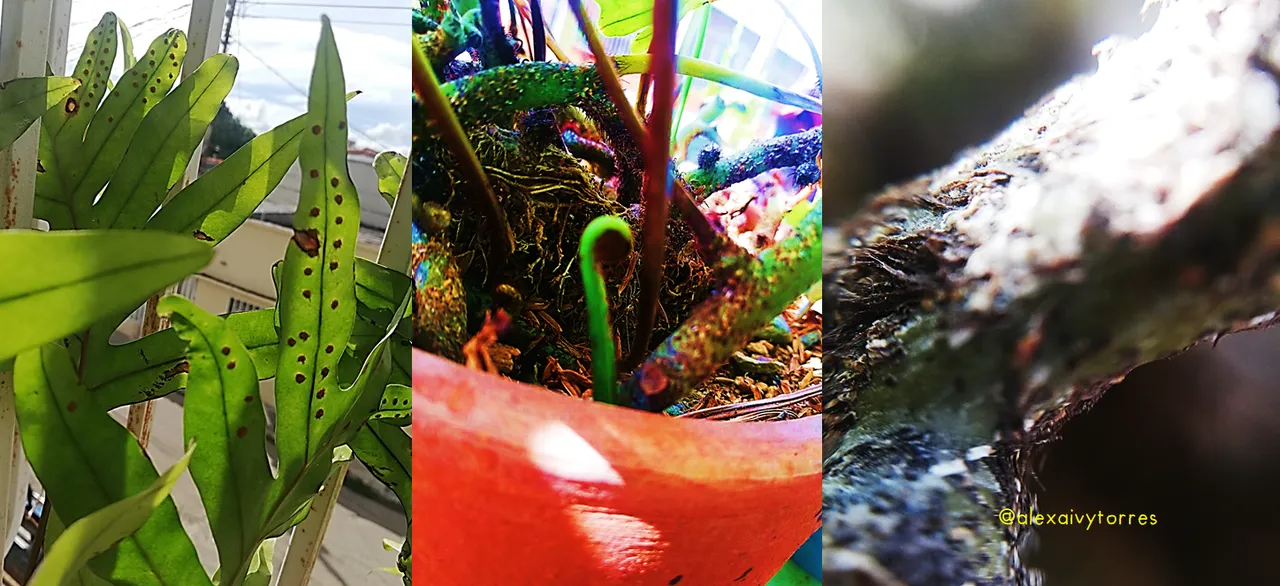
Los helechos son esos fósiles vivientes que desde el carbonífero nos acompañan. Estos se encontrarían en estasis, según el saltacionismo y nos enseñan luego del tiempo transcurrido que, encontraron la manera de perpetuarse.
Ferns are those living fossils that have been with us since the Carboniferous. These would be in stasis, according to the saltationism and show us after the time elapsed that they found a way to perpetuate themselves.
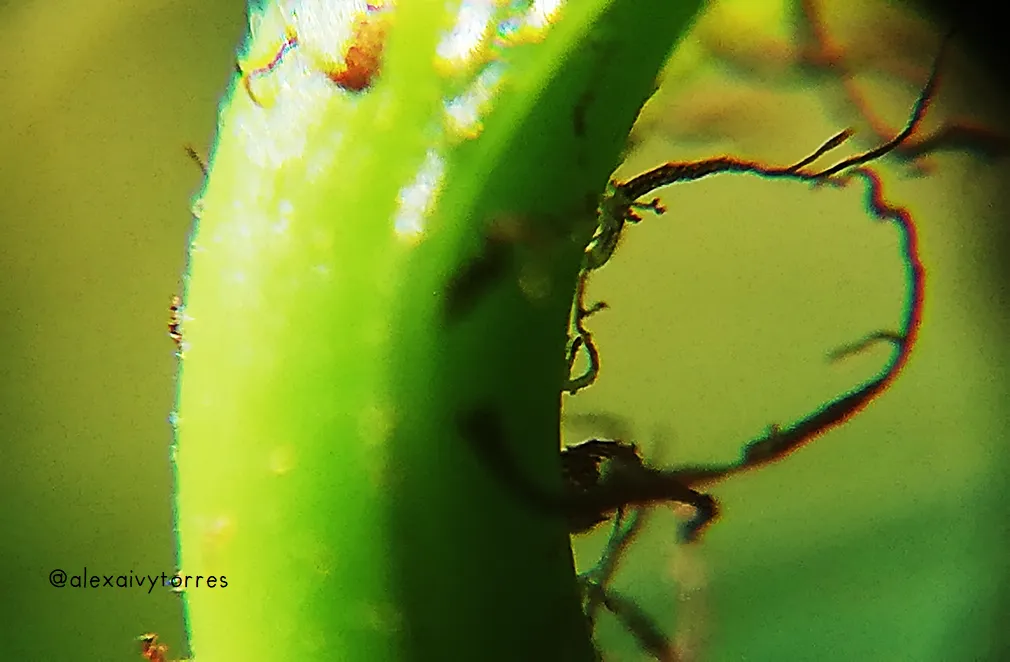
En algunos lugares hay unos gigantes, les llaman arborescentes y mantienen las características del grupo. Recordemos que, en el carbonífero, debido a las condiciones de oxígeno, la mayoría de las especies poseían grandes tamaños. Ciertas desventajas, también ventajas, lo cierto es que la reducción corporal se hizo presente en la mayoría.
In some places there are giants, they are called arborescent and maintain the characteristics of the group. Let us remember that, in the Carboniferous, due to oxygen conditions, most of the species had large sizes. Certain disadvantages, but also advantages, it is certain that body reduction was present in most of them.
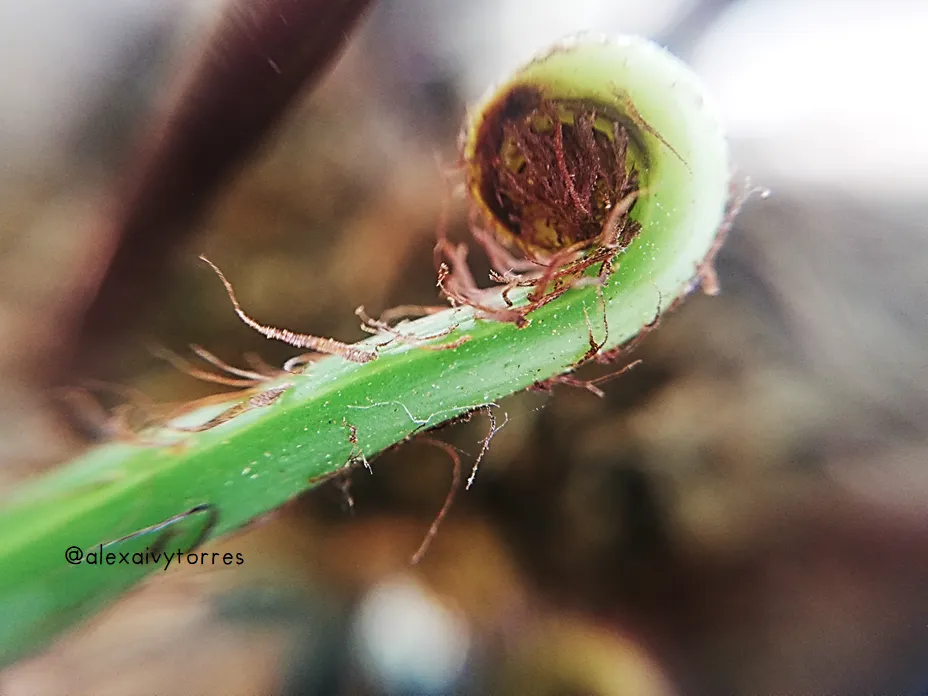
A diferencia de los briófitos, los helechos ya son considerados cormófitos vasculares inferiores, esto quiere decir que tienen un sistema vascular, menos especializado que el de las plantas superiores. Su esporófito, que es lo que vemos, o sea el vegetal completo, se divide en raíz, tallo – rizoma- y fronde u hoja.
Unlike bryophytes, ferns are already considered inferior vascular cormophytes, which means that they have a vascular system, less specialized than that of higher plants. Their sporophyte, which is what we see, that is, the complete plant, is divided into root, stem - rhizome - and frond or leaf.
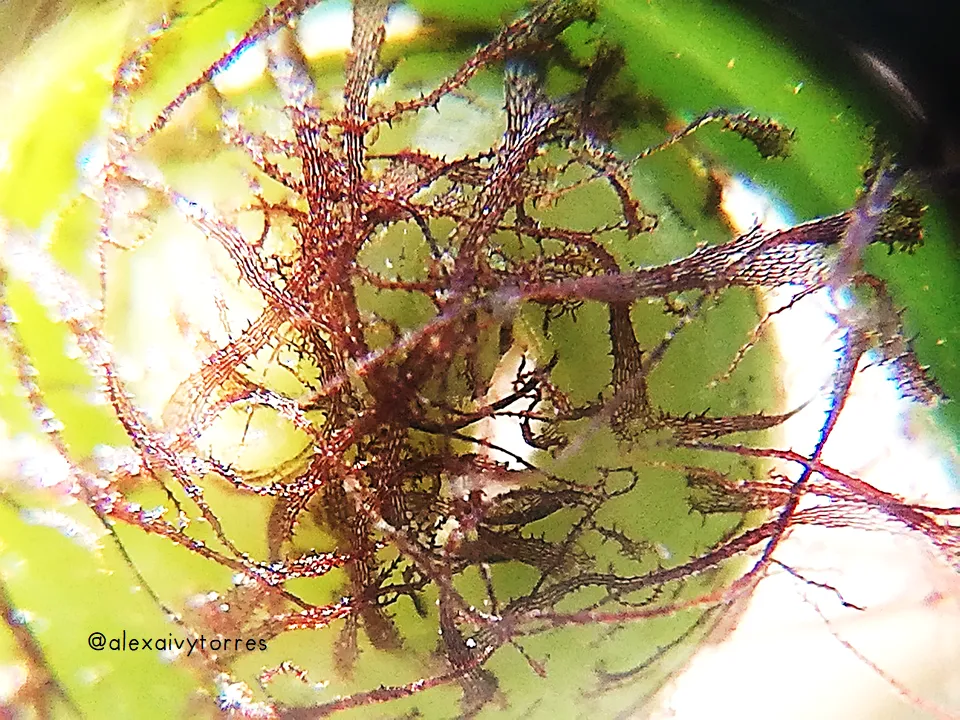
No sé si les ha ocurrido, pero de pequeña al mirarlos por detrás y ver cúmulos oscuros pensaba que estaban enfermos, y no, son sus soros. Estos son una especie de cápsulas que los botánicos han llamado esporangios. En esta agrupación se encuentran las esporas que al germinar producen los prótalos, quienes poseen los gametos que posteriormente se unirán para formar un nuevo individuo.
I don't know if it has happened to you, but when I was a child, when I looked at them from behind and saw dark clusters I thought they were sick, and no, they are their sori. These are a kind of capsules that botanists have called sporangia. In this grouping are the spores that when germinating produce the prothalli, which have the gametes that will later unite to form a new individual.
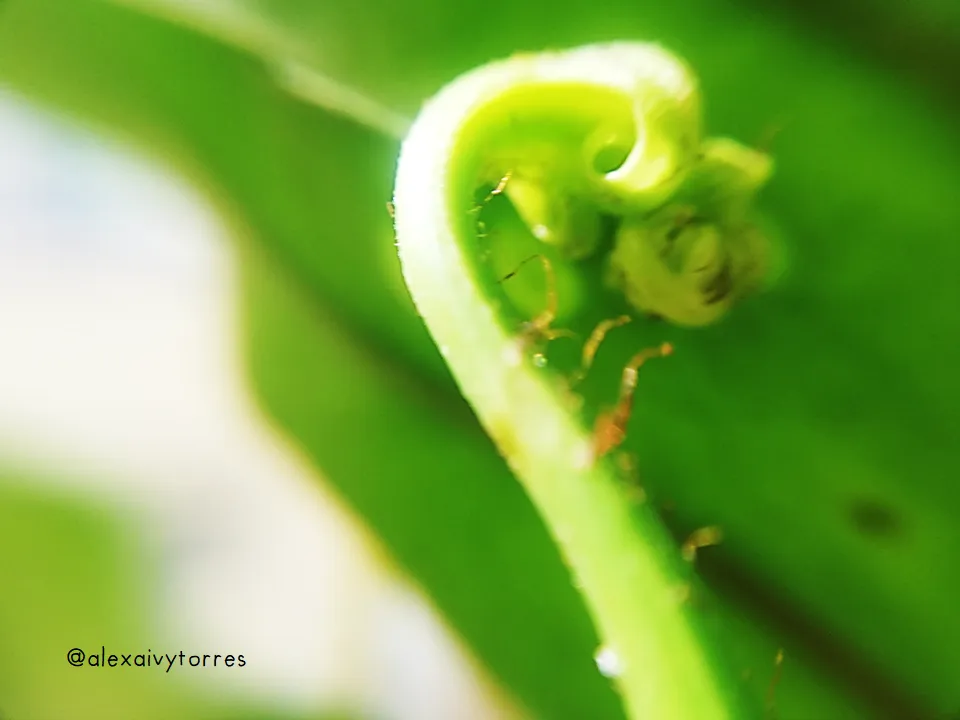
Su tallo es subterráneo, por eso es conocido como rizoma y de este se proyectan las frondes u hojas compuestas. Estas comienzan su crecimiento de una manera espiralada – en cayado- y ya luego se van desplegando. En estas imágenes que he traído para ustedes, utilizando las lentes Leica de mi dispositivo móvil y lentillas macro y micro, les muestro hermosos detalles.
Its stem is subway, that is why it is known as rhizome and from this the fronds or compound leaves are projected. These begin their growth in a spiral manner - in a "cayado" - and then unfold. In these images that I have brought for you, using the Leica lenses of my mobile device and macro and micro lenses, I show you beautiful details.
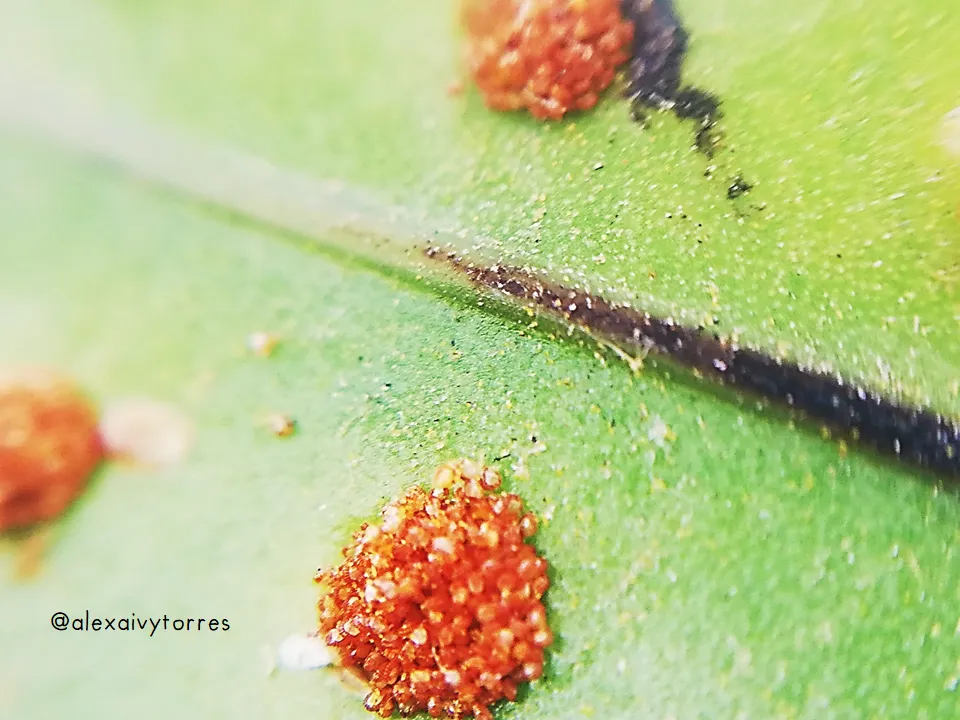
Los helechos no poseen flores, y eso la diferencia de las plantas superiores; sin embargo, siguiendo su tipo de reproducción ha encontrado la manera de perpetuarse. A estos debemos la presencia de oxígeno y se mantienen como un eslabón de la cadena alimenticia, donde fluctúa la materia y energía.
Ferns do not have flowers, and that differentiates them from higher plants; however, following their type of reproduction, they have found a way to perpetuate themselves. To these we owe the presence of oxygen and they are maintained as a link in the food chain, where matter and energy fluctuate.
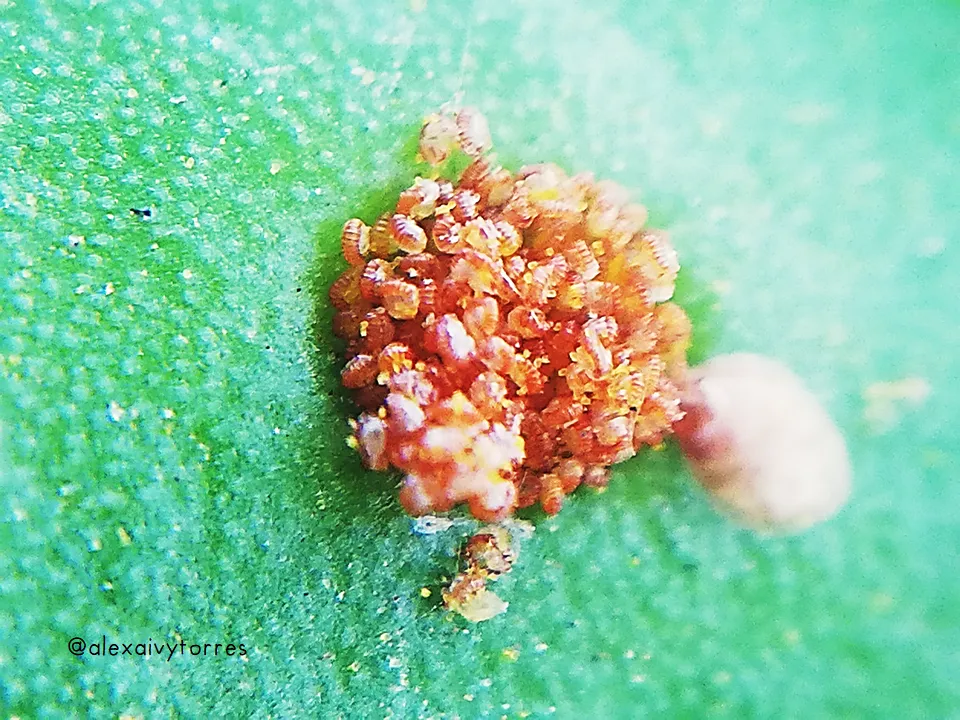
Espero que al igual que yo disfrutes de sus formas e imágenes evolutivas que nos dice hoy que no somos los únicos en el planeta. Los helechos han sido protagonista de nuestro nacimiento como especie y a ellos debemos el mayor de los respetos. Déjalos en su hábitat y protege su cuerpo que es usado en costosas decoraciones… Cuando conocemos algo lo valoramos, y protegerlos es la mejor manera de dejar un legado a la descendencia ¡Es el momento!
I hope that, like me, you enjoy their forms and evolutionary images that tell us today that we are not the only ones on the planet. Ferns have been the protagonist of our birth as a species and to them we owe the greatest respect. Leave them in their habitat and protect their bodies that are used in expensive decorations... When we know something we value it, and protecting them is the best way to leave a legacy to our descendants... It's time!
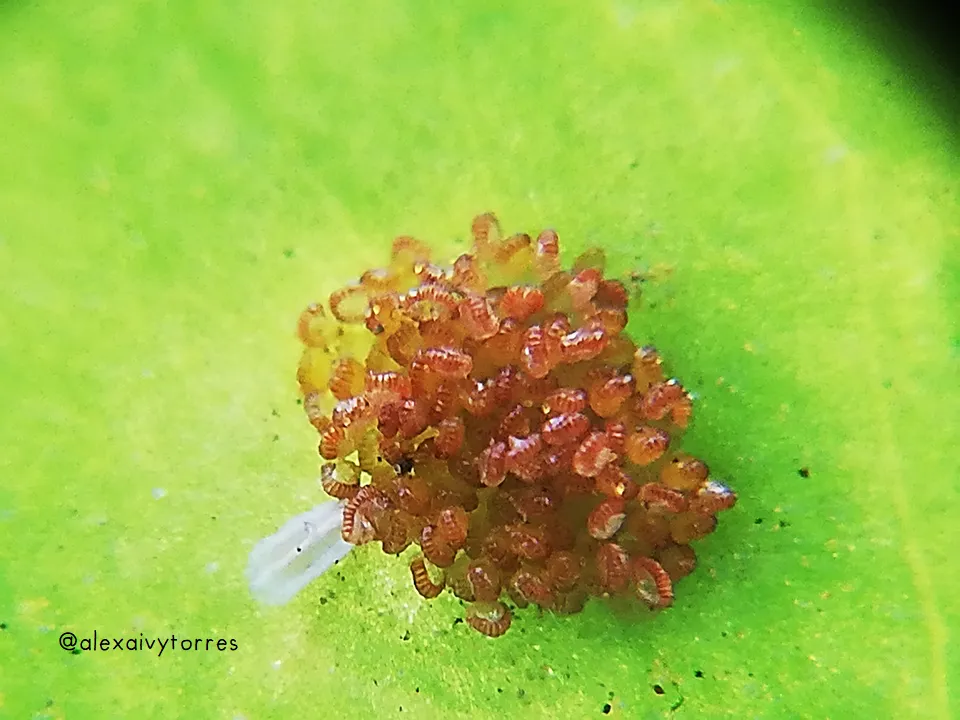
¡Gracias por leer! // Thanks for reading!
¡Gracias por leer! // Thanks for reading!

